Young’s Double Slit Experiment:
The earliest demonstration of interference of light was given by Thomas Young in 1802. “S” is a narrow slit illuminated by a monochromatic source of light. The width of the slit is about 1mm. At a suitable distance from S, there are two narrow slits S1 and S2, about 0.5 mm apart. These two slits “S1” and “S2” are placed parallel to S. There is a screen placed at a large distance (about 2 meters) from slits “S1” and “S2“. When we illuminate the slit “S”, with a monochromatic source of light, alternately bright and dark bands appear on the screen. These bands are called Interference Bands or Interference Fringes. The bands disappear, when one of the slits “S1” or “S2” is closed.
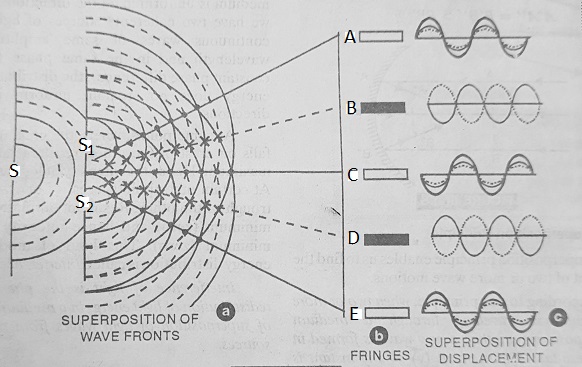
Explanation of Young’s Double Slit Experiment:
According to Huygen’s Principle, when slit “S” is illuminated by a monochromatic source of light, it emits spherical wave-fronts, and also slits “S1” and “S2” emit spherical wavelets. The full line semicircles represent crests and the dotted line semicircles represent troughs.
At points, where the crest of one wave falls on the crest of other wave. Then the interference is constructive and the resultant intensity of light is maximum and hence at these points, we observe bright bands. Points A, C, and E correspond to bright bands.
At points, where the crest of one wave falls on the trough of other wave, then the interference is destructive and the resultant intensity of light is minimum and hence at these points, we observe dark bands. Points B, and D correspond to dark bands.
From this experiment, Thomas Young established the wave nature of light, by measuring the wavelength of light.
If white light is used as parent source S, then the central bright fringe is white. This central white fringe is surrounded by a few colored fringes. Also, the fringe nearest to the central white fringe is violet and the fringe farthest from the central white fringe is red.

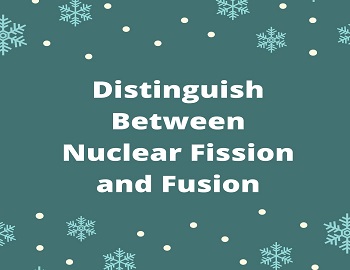
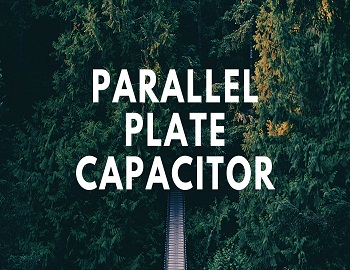
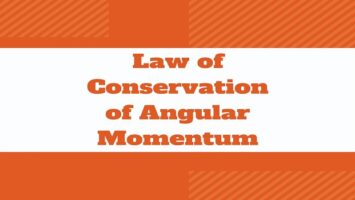

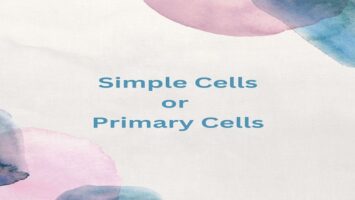



Comments (No)